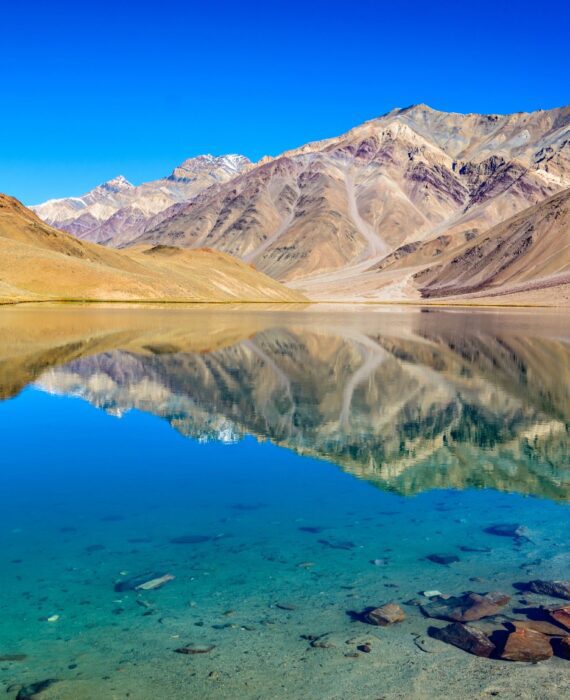
Chandratal Lake: Guide to the magnificient lake of Spiti Valley
Chandratal Lake – the most awaited part
Shekhawati region, once ruled by Shekhawat Rajputs and prospered by Marwar merchants, is not just another town that used to be a part of the ancient silk route but is also the world’s largest open-air art gallery.
Starts: from Delhi
Ends: at Delhi
Group: Mixed Gender
Start: 7 AM, 23 Dec 2021
End: 10 PM, 25 Dec 2021
₹ 13800
Did you know that just a few hours away from Delhi, you can re-live the glorious and the prosperous past of the silk route? Shekhawati is full of artful and affluent Havelis which are not less than masterpieces. And, how about living in one of those heritage Havelis? Be ready to have an enriching, and relaxing travel experience while clicking absolutely gorgeous pictures.
A place so affluent yet abandoned, colorful yet deserted, and historically rich yet forgotten! Shekhawati region, once ruled by Shekhawat Rajputs and prospered by Marwar merchants, is not just another town which used to be a part of ancient silk route but is also the world’s largest open-air art gallery.
The districts of Churu, Jhunjhunu, and Sikar combine to make Shekhawati region which carries the legacy of iconic merchants in the form of grand Havelis, who eventually moved to the bigger towns of Delhi, Mumbai and Kolkata during the decline of silk route, leaving their mansions abused and in disuse.
Every single inch of these Havelis is adorned with beautiful fresco paintings which depict amusing stories from the lives of merchants, kings, and queens. The pictures also depict the borderless imagination of artists and the merchants as some of them are a perfect amalgamation of real & unreal, tangible & intangible, and Indian & Western.
The doors are made from the sturdy teak wood imported from Myanmar (then Burma), and Belgian mirrors grace some parts too. Some of these mansions have been restored to beautiful heritage hotels, a few are managed by their caretakers, and others have their great assets unlocked behind big doors. Rajputi and European architectures have a significant influence on their construction style which comes as a result of travels of the owners to the various parts of the world for their trade.
Let’s embark on a journey Shekhawati, also known as abandoned India, to unravel the rich and amusing history of this region, to give a visual treat to our eyes and click some Instagram-perfect shots. Be ready to explore the unexplored and be amazed by this hidden gem in the state of Rajasthan!
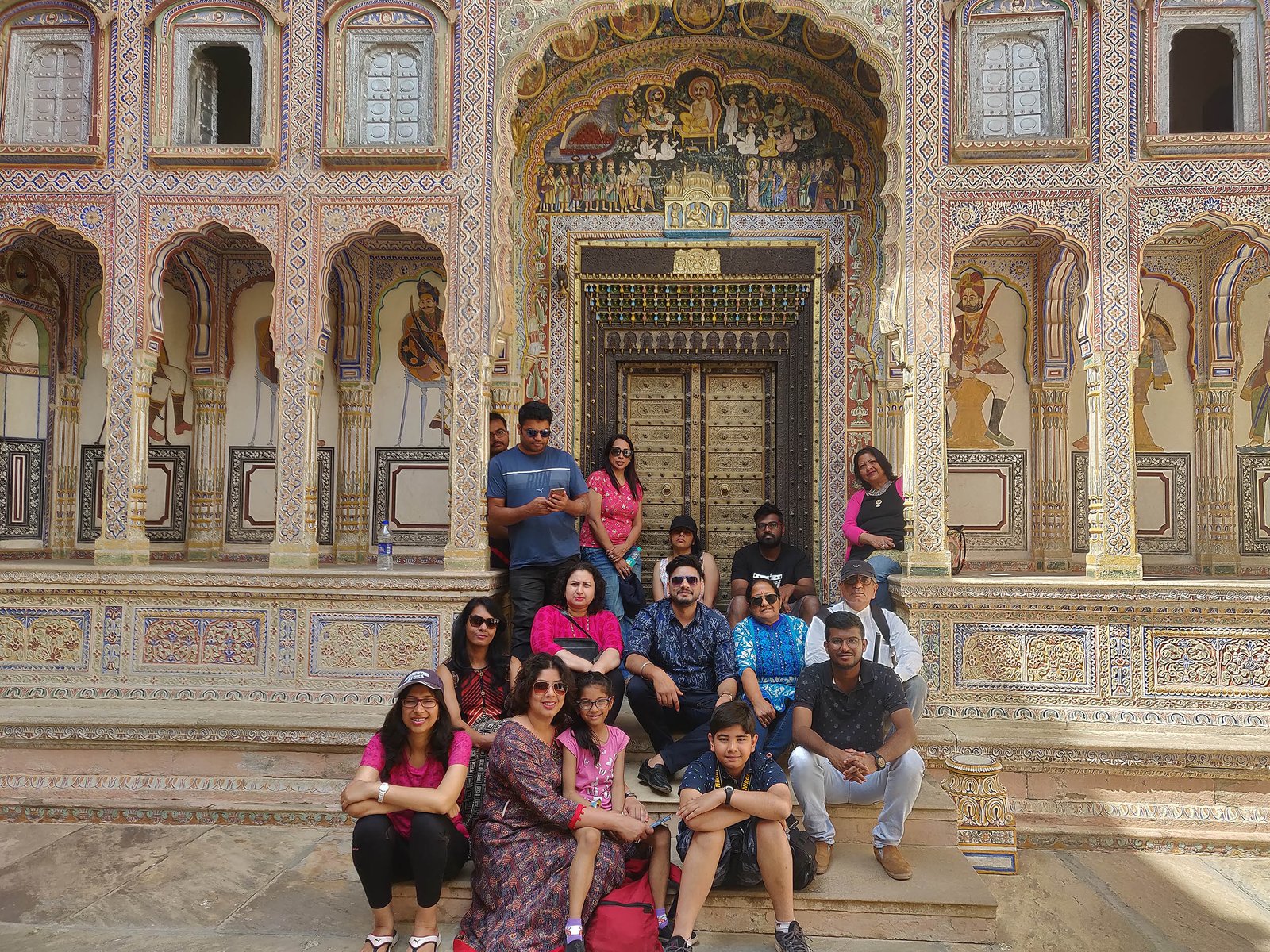
We will visit many mansions during the heritage walk in Mandawa, Churu, Ramgarh, and Nawalgarh. The grand entrance doors with the most intricate woodwork to these marvels are very inviting, and the interior charm is bound to keep us captivated. The feeling of visiting the most beautiful yet abandoned is indescribable in words.
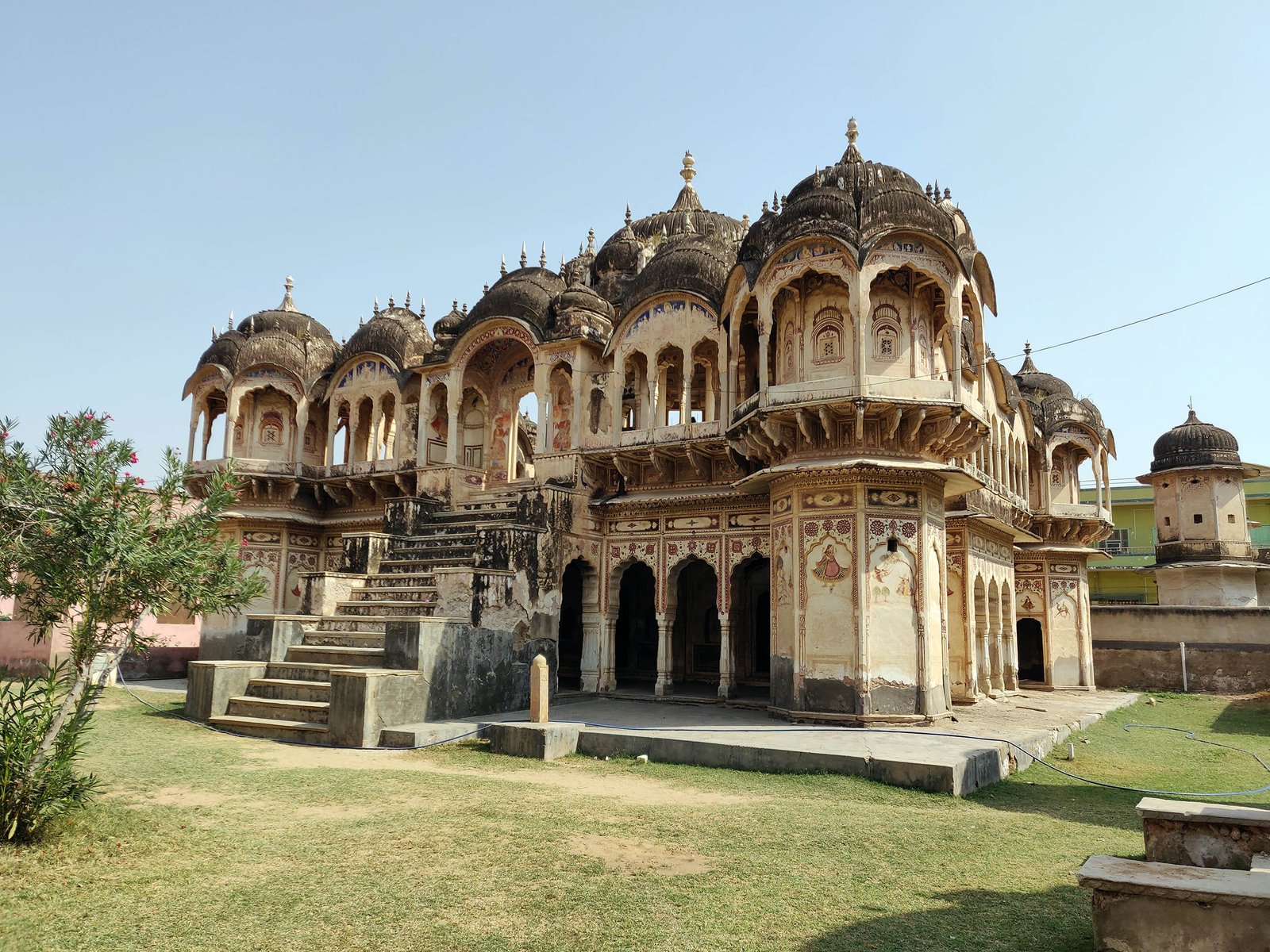
Cenotaphs or chhatris are a type of monument created by wealthy Rajasthani families to honor their dead. We will visit the Poddar group of Chhatris where mesmerizing murals depict the scenes from Ramayana and the life of Lord Krishna.
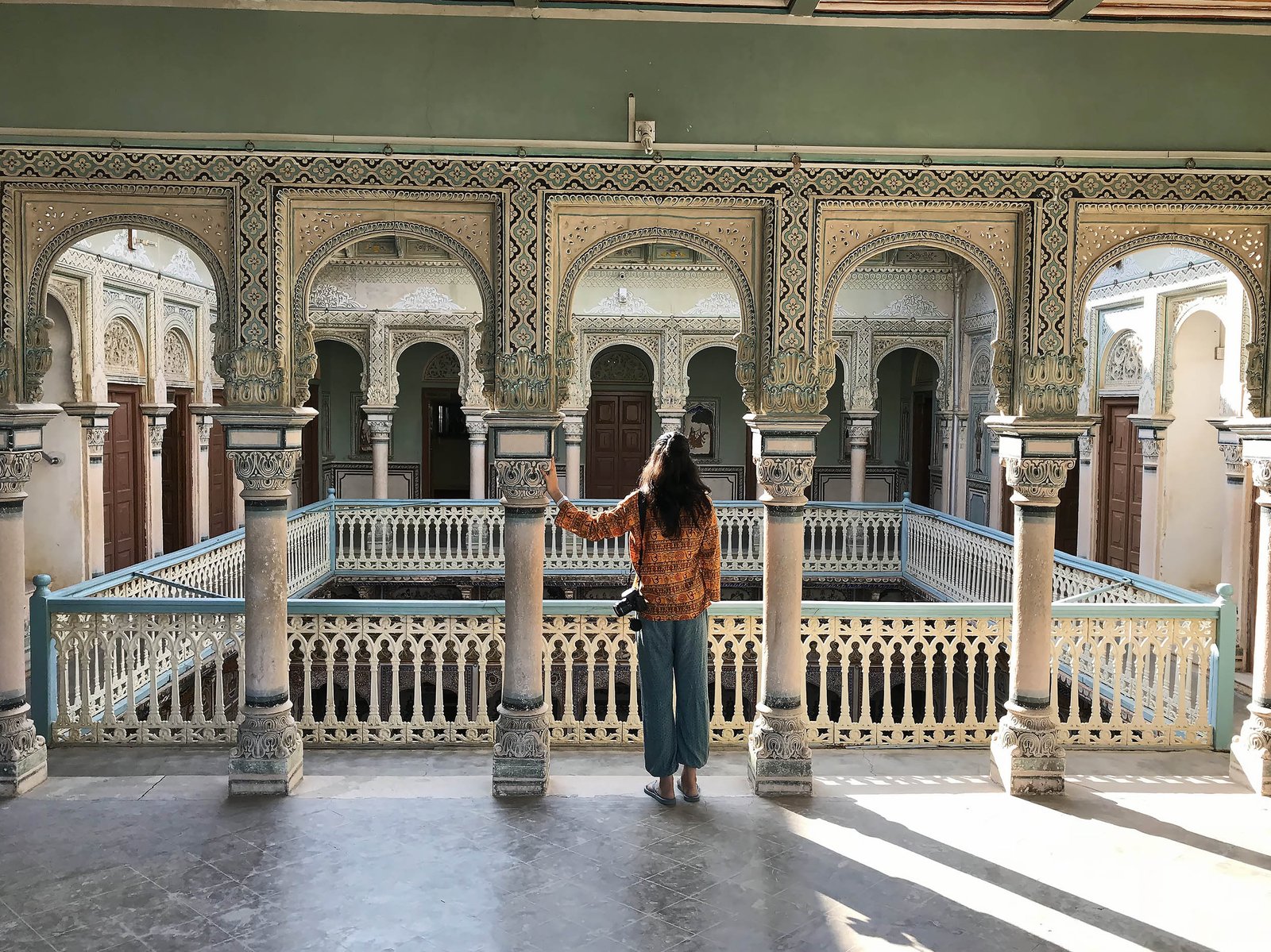
It was initially built as a residential place, but later converted into a museum to bring the cultural heritage of Rajasthan under one roof. Podar Haveli has 750 frescos spread over 11, 200 sq meters. The galleries of museum showcase the forts, fairs, festivals, gems & jewelry, bridal costumes, turbans, paintings, handicrafts, etc. The most innovative gallery is the ‘Rajasthani Living Style’ which exhibits the ‘baithak’ in the house of a typical Marwari merchant.

Built in 1900 by Shri Jaichandji Morarka, it is one of the best preserved Havelis in Shekhawati. The owners haven’t consciously renovated or re-painted the frescos so that visitors get to experience the taste of originality. One see the murals of birds, animals, flowers, gods, and the various murals telling folktales from local life.

This luxuriously decorated Haveli is one of the few places Mahansar prides itself upon. Named after the gold and silver leaves used to decorate the walls, this Haveli is something you would wish to see in its peak days. Built in 1846, the Sone Chandi ki Dukaan is easily one of the best painted Havelis you will ever see. The colorful frescoes across the walls and the ceiling depict scenes from the Ramayana, the lifestyle of Lord Krishna, and the incarnation stories of Lord Vishnu. When you are inside, it feels like you have been transported into some mythical world.
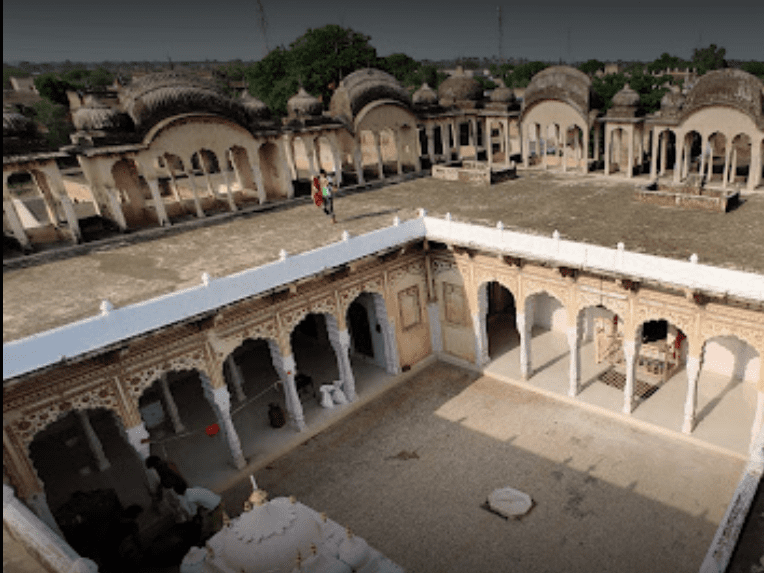
Perhaps the biggest temple in Mahansar, the Raghunath Ji Temple gives the impression of a Haveli at first. This mid-19th-century Hindu has fine floral designs carved beneath the arches around the courtyard. An interesting fact is that instead of keeping solitary idols of deities, the deities in this temple are accompanied by their families. There’s Shiva and his family, Shri Ram with his wife and brothers as well as Hanuman with his son, Makardhwaj. From the roof, you can see all of Mahansar in a stunning view.
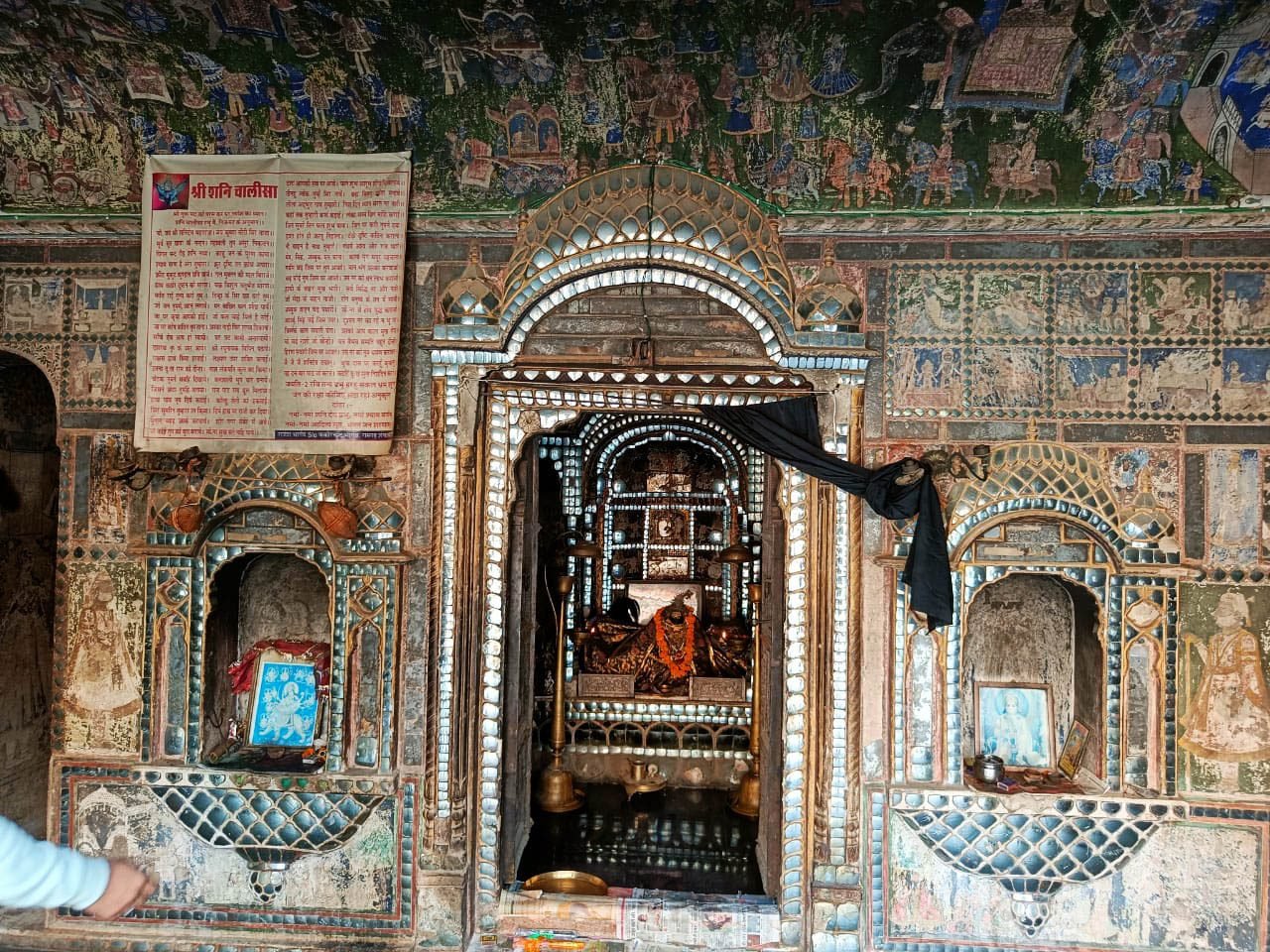
Shree Shani Mandir of Ramgarh is famous in the entire Shekhawati because of its unique mirror work. Devoted to Saturn God, Shree Shani Mandir was built was by the Khemka family in 1840. Its dilapidated and worn-out exterior does feel visitors, but the glorious interiors boasting rich murals & extravagant mirror work are bound to captivate anyone.

Located to the north of the Badalgarh fort is the Mertani Baori. It is the most impressive step-well in all of Shekhawati. Built in 1783, it was named after the woman who commissioned its construction, the widow of Sardul Singh – Mertani. It is about 30m deep and has sulphuric waters. In the olden times, they believed that this water could cure skin diseases. Of course, this was a myth and an English official reported in 1930, that the water there was poisonous enough to kill anyone within a few hours of consumption! Despite this deadly fact, it is worth a visit for the inquisitive mind.
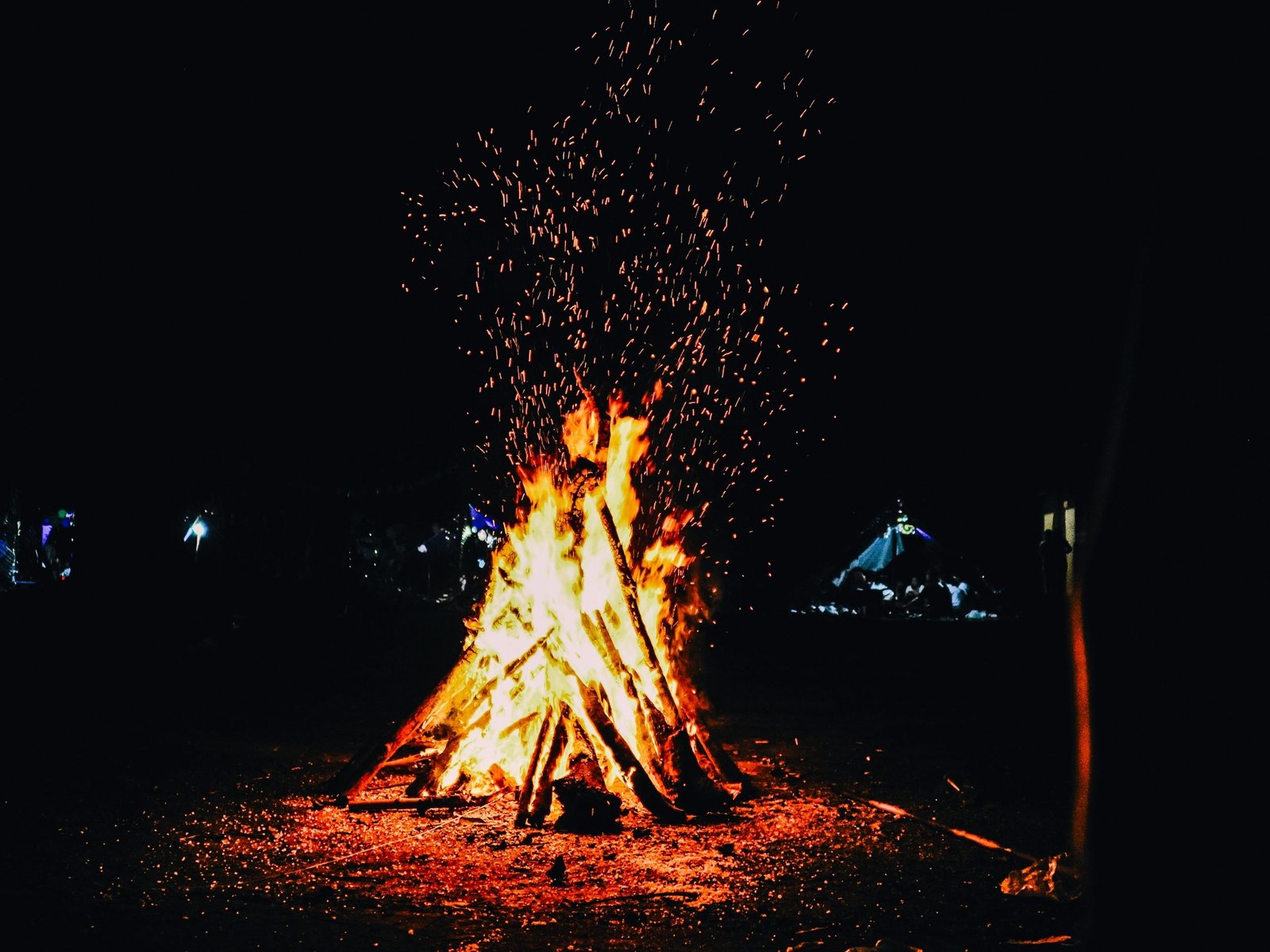
Stay curious and excited for this!
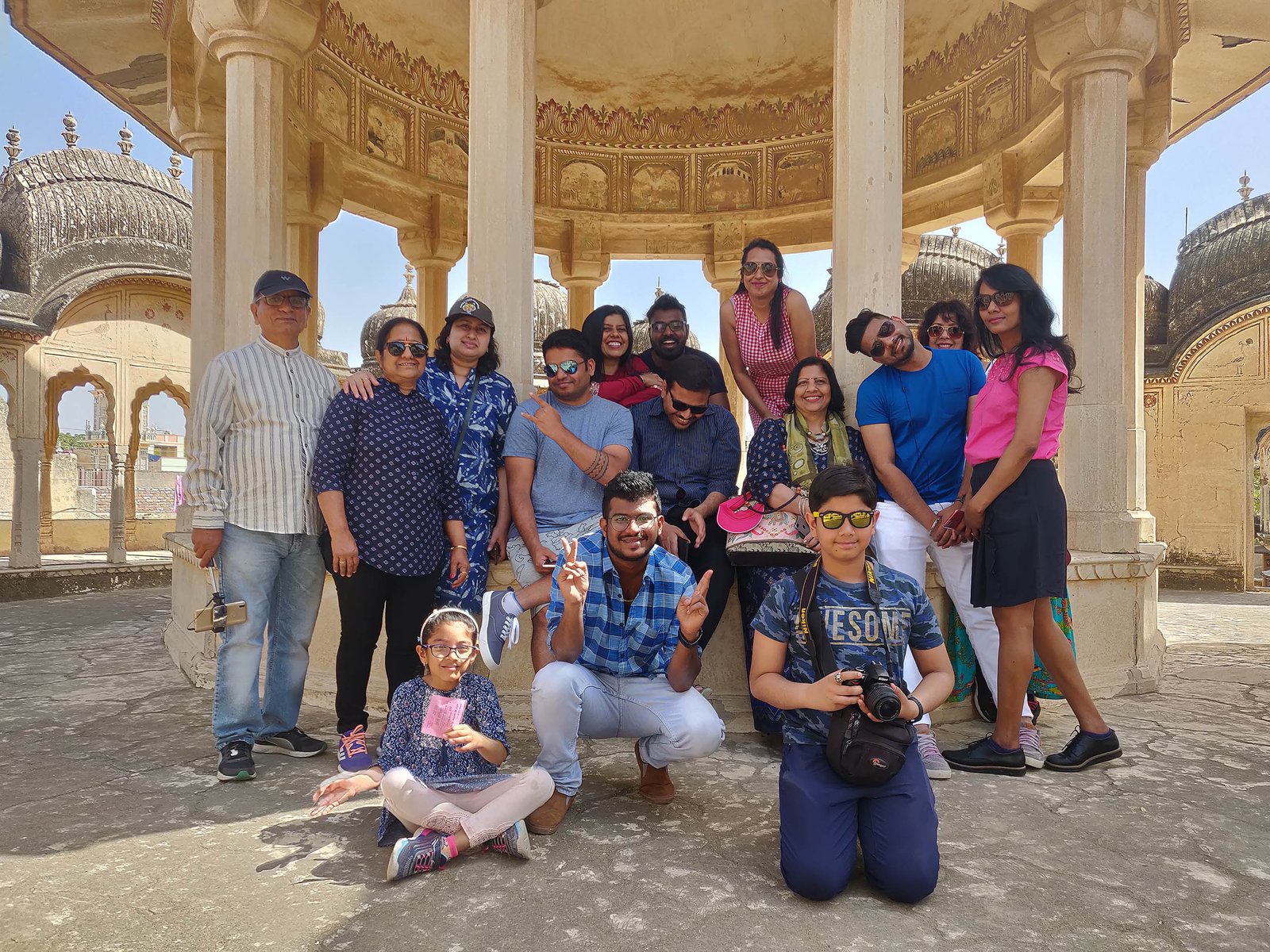
Our small group size ensures a personal touch, and our group leaders make sure to bond the entire group like long-lost friends. Hence, along with an amazing travel experience, you are in for a great of great social bonding.

To book this trip, please Call/ WhatsApp/ Email using the below-mentioned details.
If you have any questions or concerns, then please feel free to contact us using the below-mentioned details. Alternatively, fill this form and our team will get back to you at their earliest.

Chandratal Lake – the most awaited part
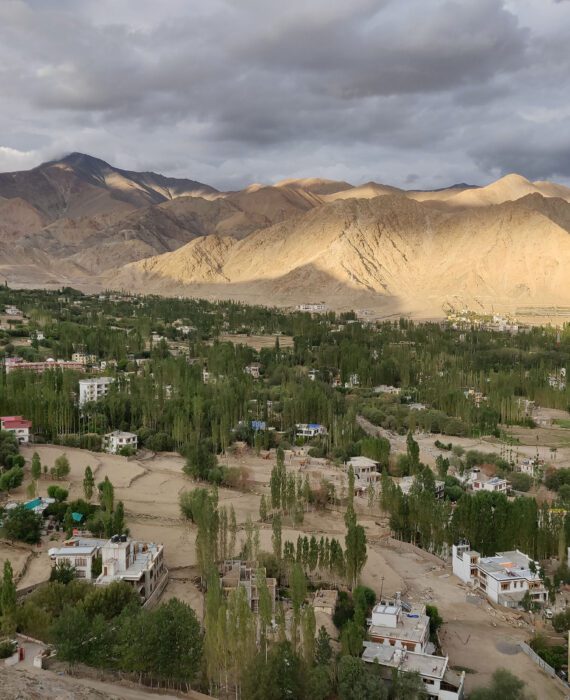
An old Tibetan saying translates to, “The